Refine search
Actions for selected content:
48202 results in Computer Science
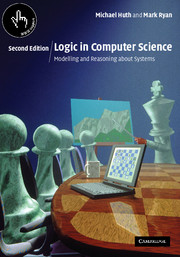
Logic in Computer Science
- Modelling and Reasoning about Systems
-
- Published online:
- 05 June 2012
- Print publication:
- 26 August 2004
-
- Textbook
- Export citation
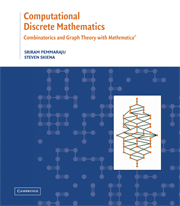
Computational Discrete Mathematics
- Combinatorics and Graph Theory with Mathematica ®
-
- Published online:
- 05 June 2012
- Print publication:
- 08 December 2003
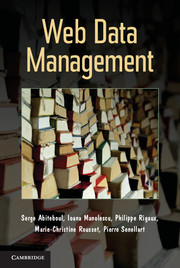
Web Data Management
-
- Published online:
- 05 June 2012
- Print publication:
- 28 November 2011
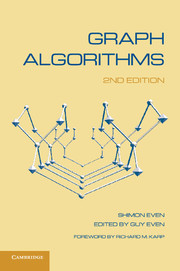
Graph Algorithms
-
- Published online:
- 05 June 2012
- Print publication:
- 19 September 2011
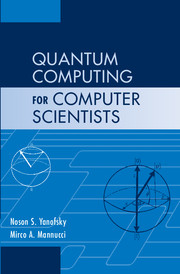
Quantum Computing for Computer Scientists
-
- Published online:
- 05 June 2012
- Print publication:
- 11 August 2008
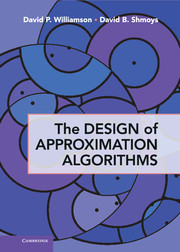
The Design of Approximation Algorithms
-
- Published online:
- 05 June 2012
- Print publication:
- 26 April 2011
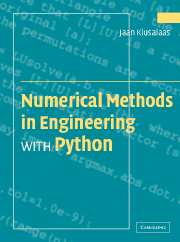
Numerical Methods in Engineering with Python
-
- Published online:
- 05 June 2012
- Print publication:
- 25 July 2005
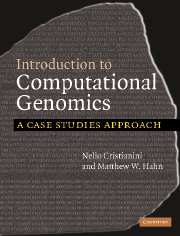
Introduction to Computational Genomics
- A Case Studies Approach
-
- Published online:
- 05 June 2012
- Print publication:
- 14 December 2006
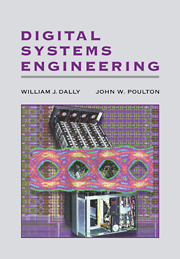
Digital Systems Engineering
-
- Published online:
- 05 June 2012
- Print publication:
- 28 June 1998
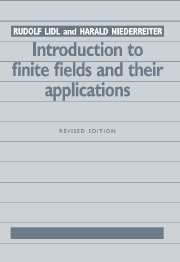
Introduction to Finite Fields and their Applications
-
- Published online:
- 05 June 2012
- Print publication:
- 21 July 1994
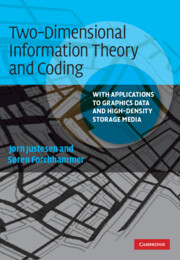
Two-Dimensional Information Theory and Coding
- With Applications to Graphics Data and High-Density Storage Media
-
- Published online:
- 05 June 2012
- Print publication:
- 15 October 2009
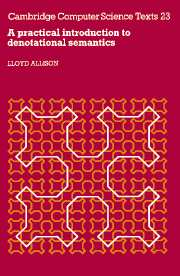
A Practical Introduction to Denotational Semantics
-
- Published online:
- 05 June 2012
- Print publication:
- 30 January 1987
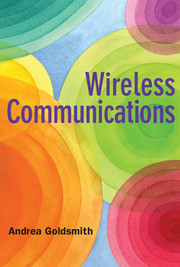
Wireless Communications
-
- Published online:
- 05 June 2012
- Print publication:
- 08 August 2005
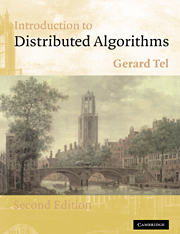
Introduction to Distributed Algorithms
-
- Published online:
- 05 June 2012
- Print publication:
- 28 September 2000
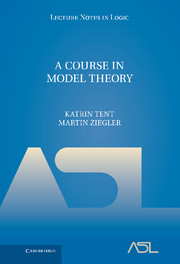
A Course in Model Theory
-
- Published online:
- 05 June 2012
- Print publication:
- 08 March 2012
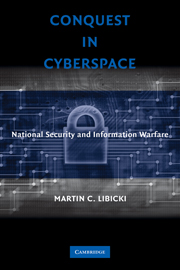
Conquest in Cyberspace
- National Security and Information Warfare
-
- Published online:
- 05 June 2012
- Print publication:
- 16 April 2007
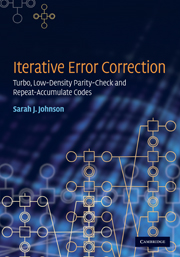
Iterative Error Correction
- Turbo, Low-Density Parity-Check and Repeat-Accumulate Codes
-
- Published online:
- 05 June 2012
- Print publication:
- 19 November 2009
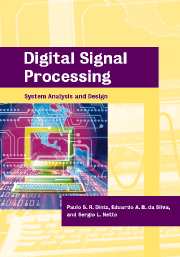
Digital Signal Processing
- System Analysis and Design
-
- Published online:
- 05 June 2012
- Print publication:
- 18 April 2002
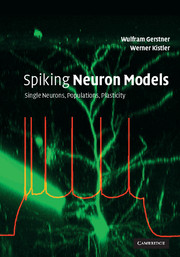
Spiking Neuron Models
- Single Neurons, Populations, Plasticity
-
- Published online:
- 05 June 2012
- Print publication:
- 15 August 2002
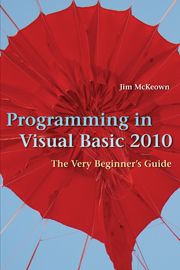
Programming in Visual Basic 2010
- The Very Beginner's Guide
-
- Published online:
- 05 June 2012
- Print publication:
- 22 March 2010
